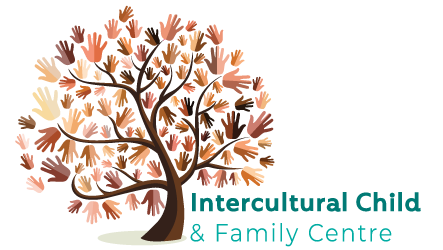BLOG
ICFC Blog
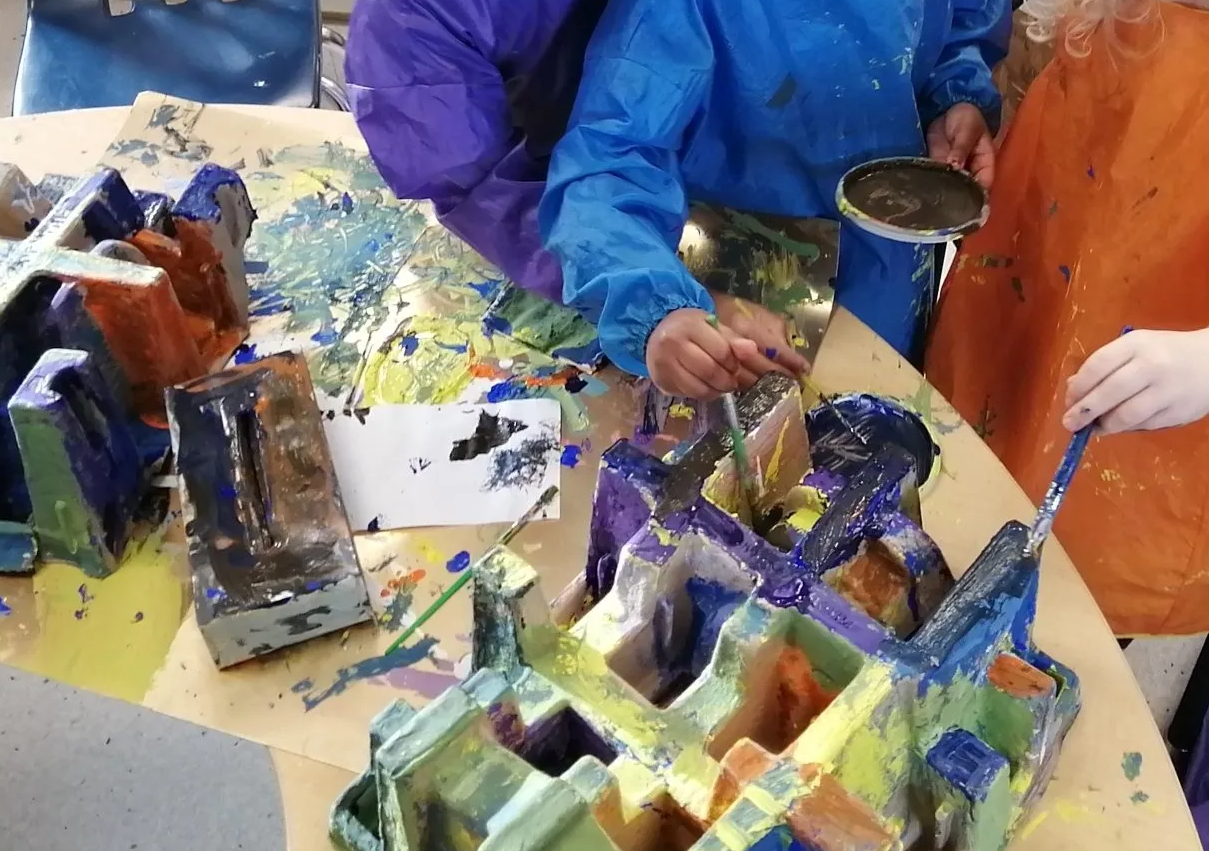
By Liam Salmon
•
November 20, 2020
I have a vivid memory of my early crafting experience when I was in kindergarten. We had a special educator come in who was the ‘craft lady’ and always had these amazing ideas. (Who knew you could do so much with paper plates??) Usually, each child had a specific set of materials laid in front of them and we would follow her carefully engineered steps. These steps would result in a ‘heart’ cake made from circles and squares. Early on, I strayed from the instructions, feeling like I knew where we were going. Ultimately, I ended up cutting the shapes ‘wrong.’ During this, the teacher actually walked up to me and said: “See – you cut your circle incorrectly. If you had been paying attention, then you wouldn’t have made this mistake.” While this heart cake was definitely a “craft” it certainly wasn’t very “creative.” So how can we open up our process to children and let their creativity guide their experiences? Well first things first: let go of the ‘product.’ Fostering creativity in art experiences means that we’re focusing more on the ‘process’ or ‘experience of creating’ than what the ‘thing’ looks like at the end. A selection of natural materials provided for a creative art experience from Preschool 2 room at 1000 Women Child Care Centre:
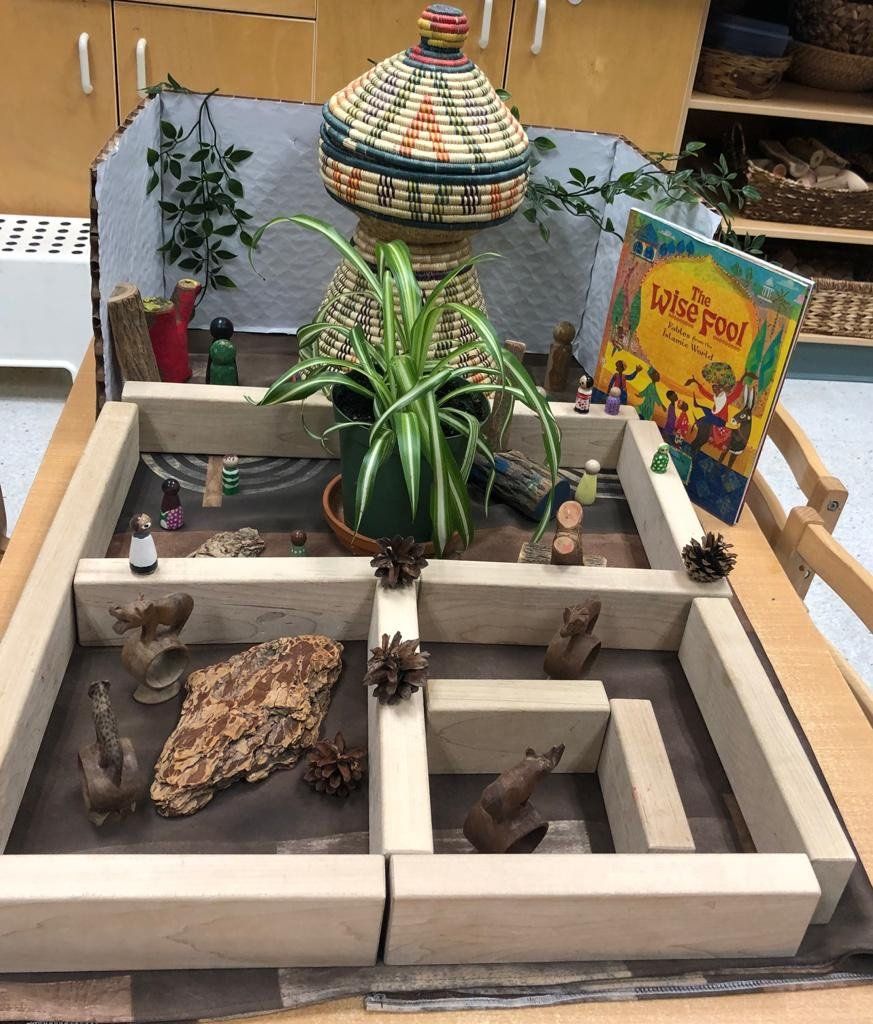
September 17, 2020
Fables from the Islamic World. "Children appreciate their own distinctiveness and that of others." (Flight, Makovichuk, L., Hewes, J., Lirette, T. & Thomas, N. (2014). Flight: Alberta’s early learning and care framework. Retrieved from flightframework.ca. Page 111) Our goal is to become knowledgeable and confident in our various identities. We do this in many ways including incorporating cultural fabrics, dolls painted to reflect the cultures of the children in the playroom, cultural artifacts, and storybooks depicting a variety of backgrounds and experiences. Our intention is that children may come to form positive and inclusive relations with others and learn about differences, engaging with communities that represent Alberta society.
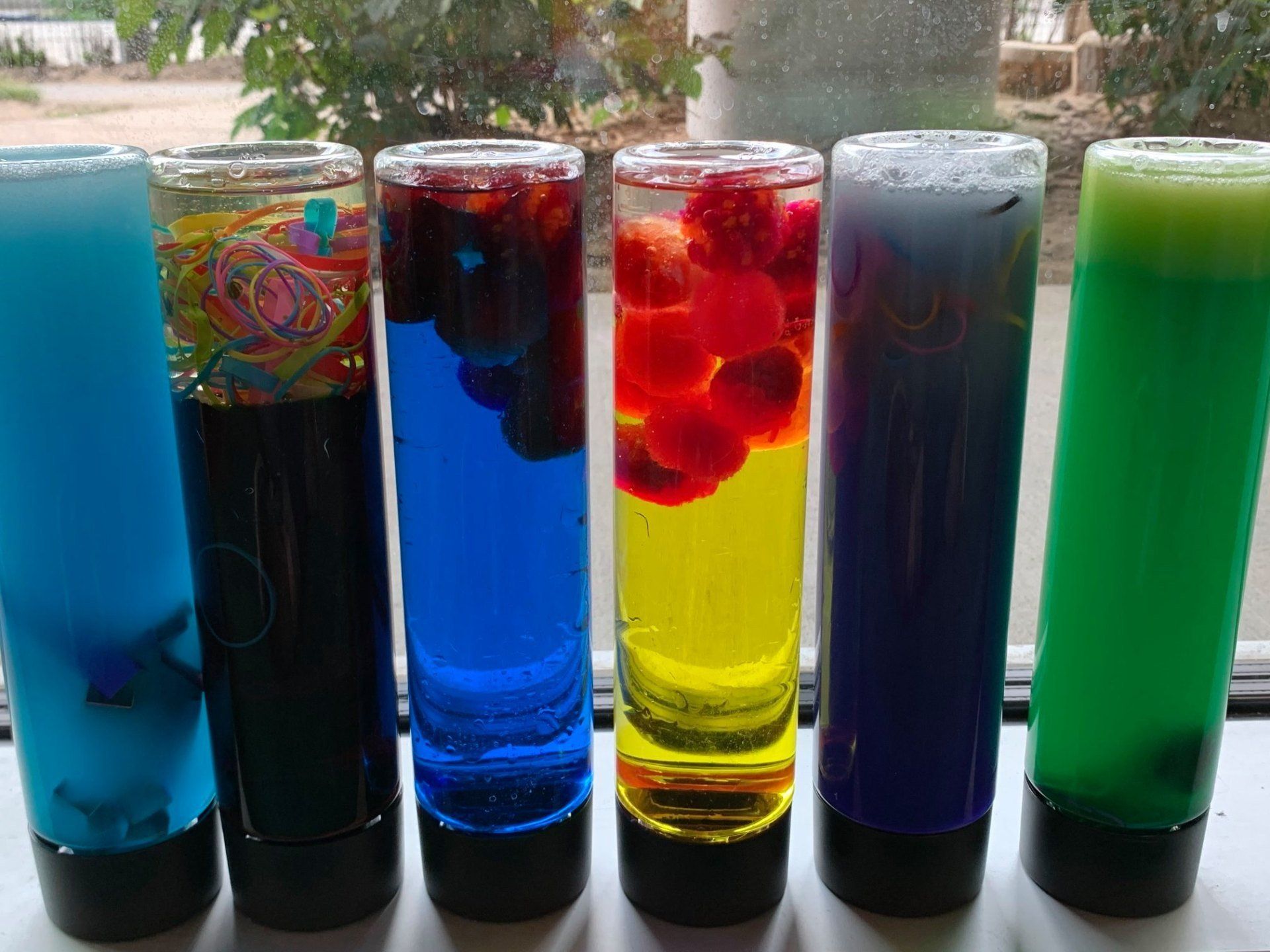
September 4, 2020
We're always looking to provide new experiences, explorations, and sources of wonder at our centers. Here's a fun example of what's possible with recycled/found materials that can be recreated at home. Materials: A clear plastic tube, or bottle. Water, soap, oil or other combination of liquid. Objects to go inside like: multicoloured staples, pom-poms, noodles, etc. Glue to seal the tube or bottle shut to prevent spills. Thanks to educator Mary Ann for the idea.
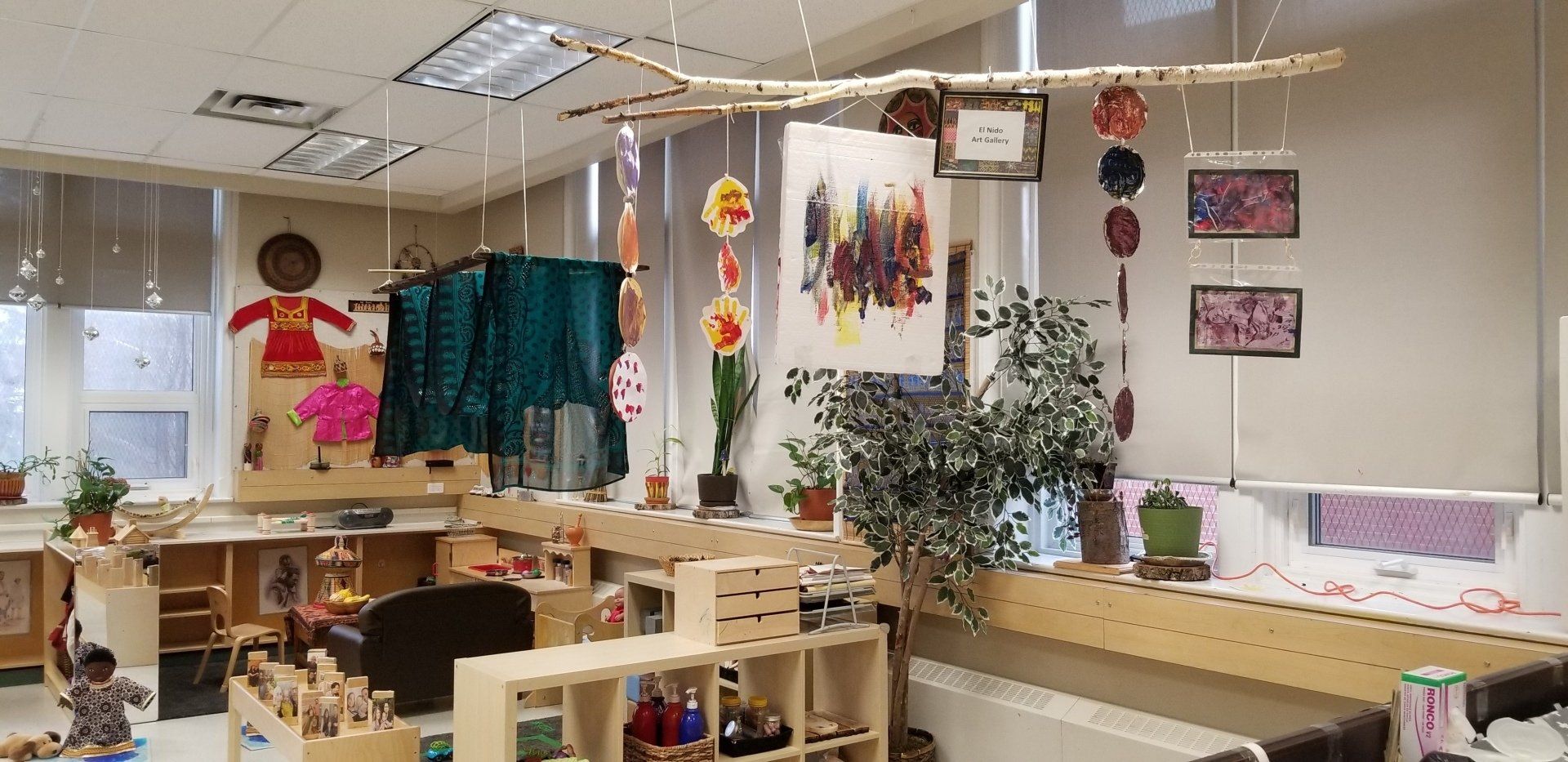
August 28, 2020
Here's a video tour of one of our playrooms at ICFC led by Program Director, Ellen Genchez. You'll notice several different play areas for different kinds of play with an emphasis on cultural artifacts, encoperating natural elements like branches and leaves, a reading area, an art area, and other creative configurations.
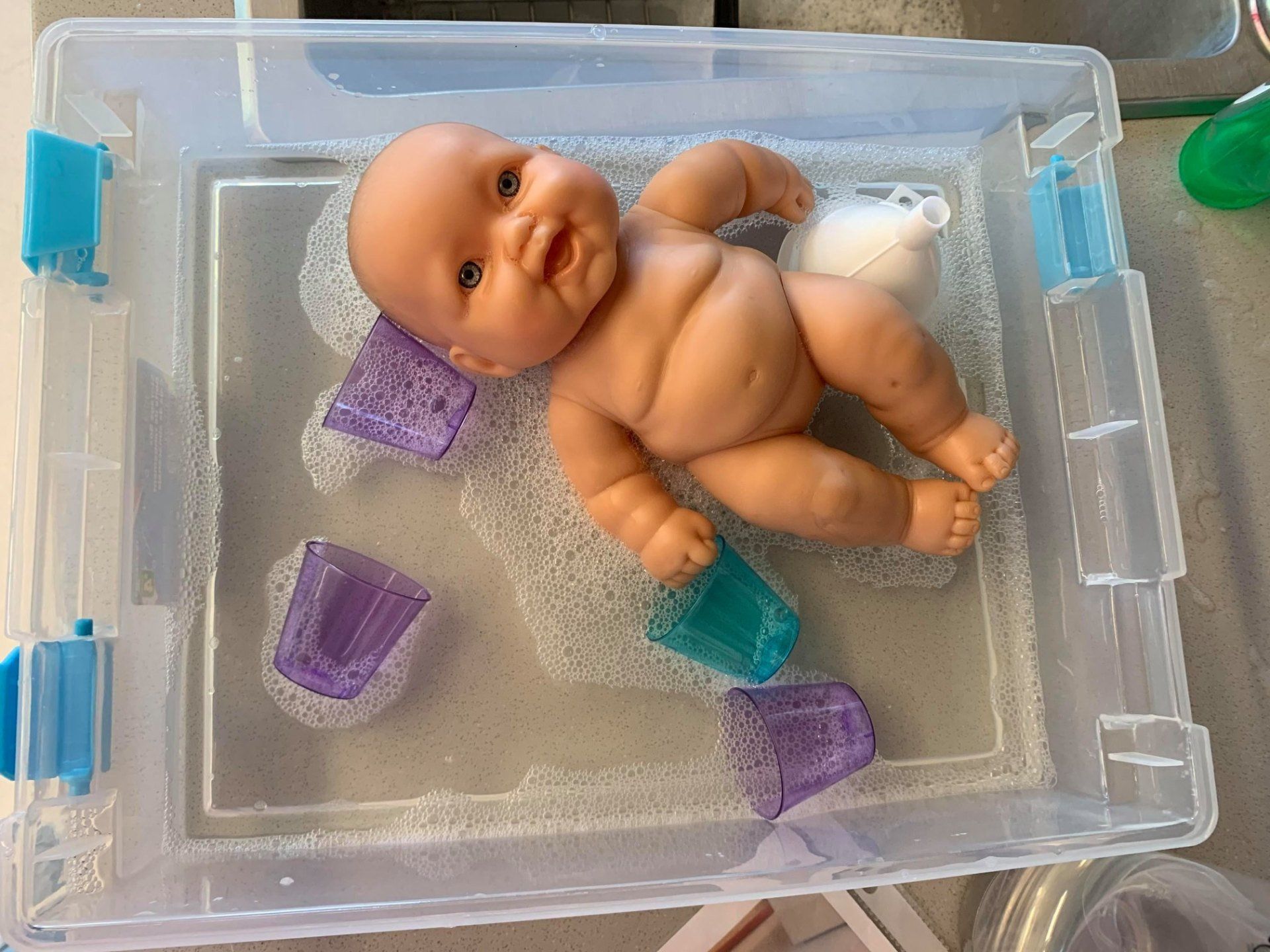
August 25, 2020
To reduce the spread of germs during the pandemic, we provide each child with their own individual bin of water, playdough, and/or sand. Adding bubbles, food colouring, ice, and other play materials supports dramatic play, experimentation, and investigation. Sensory play supports development of fine motor skills, language, and problem solving skills, as well as providing a calming experience.
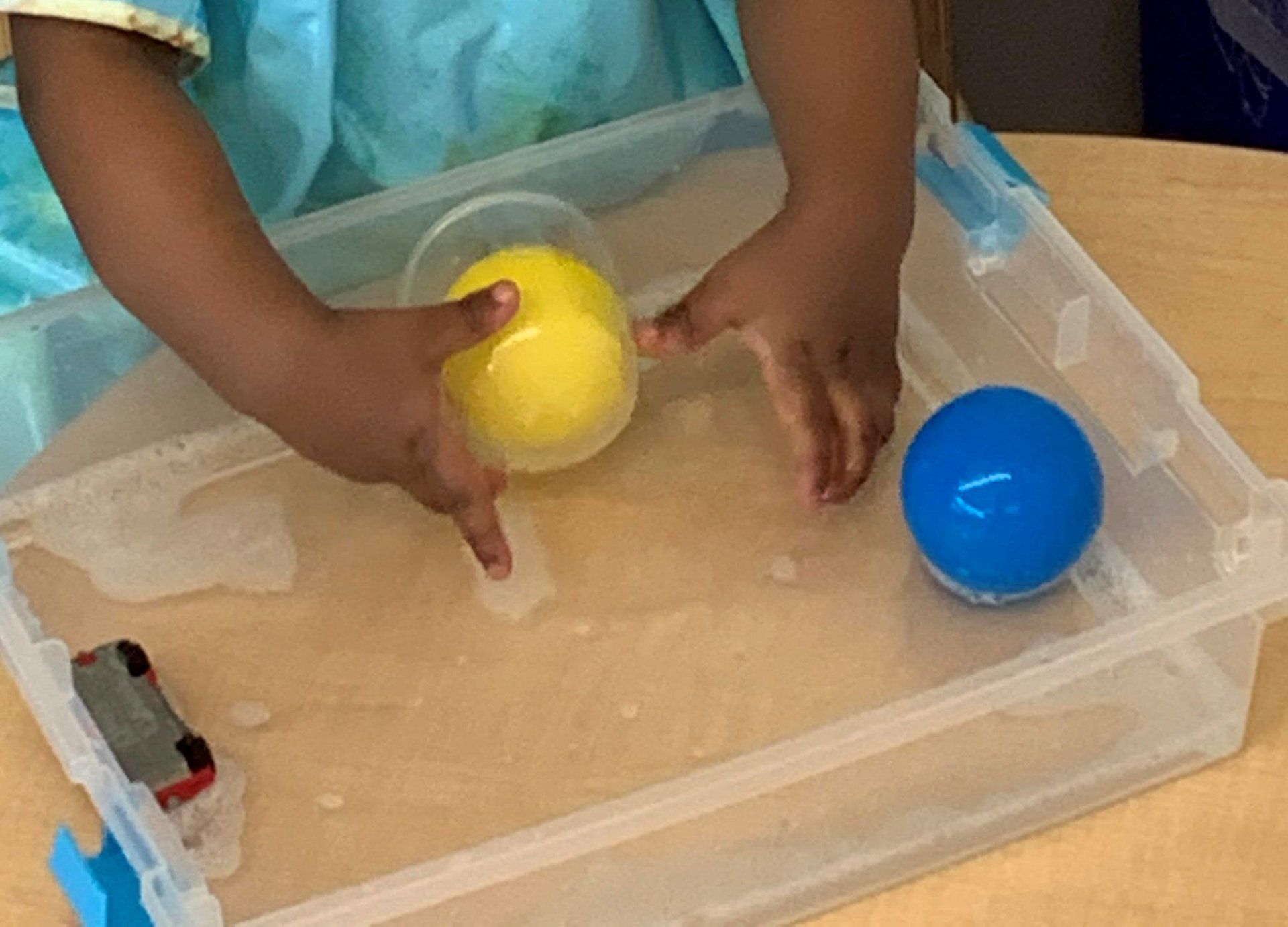
August 21, 2020
Today the children playfully experimented with cause and effect, action and reaction. They transferred water from jars, to funnels, the tubes, to bottles, to pvc pipes, containers, and watched as it flowed. Where will the water come from? How does it flow? This is a fun project that can be recreated with many household items, and other contraptions!


